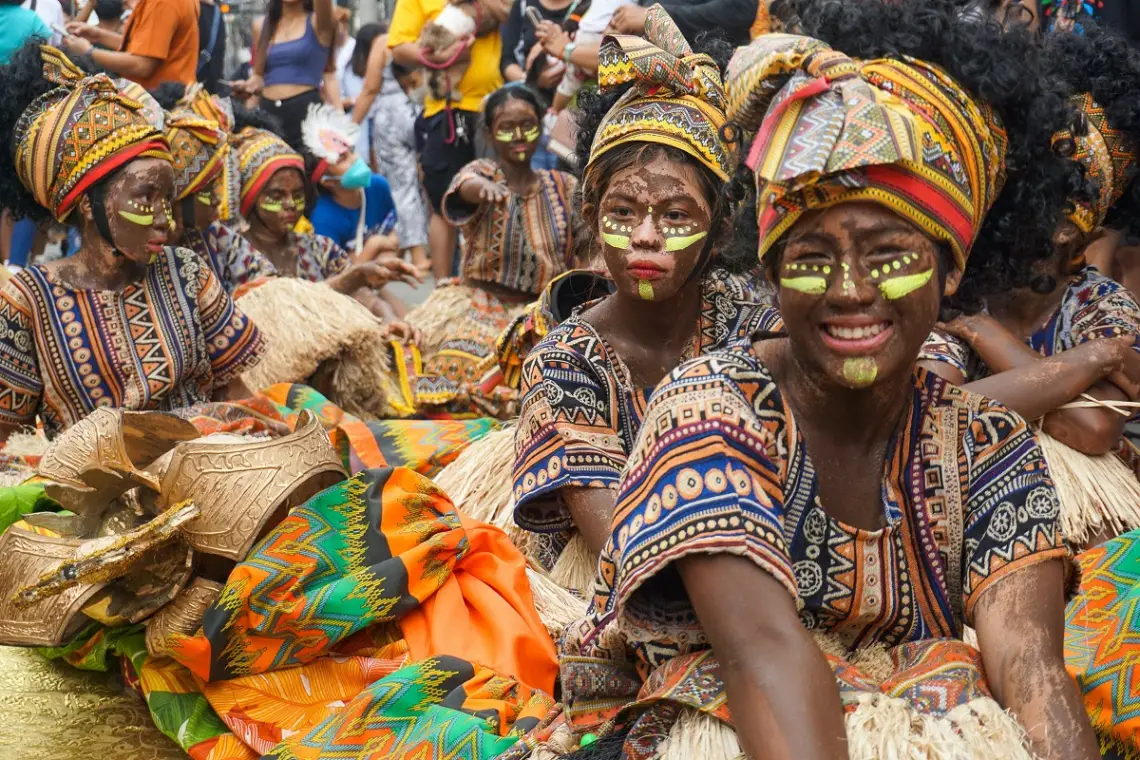
13 BEST Festivals in the Philippines (From Luzon to Mindanao)
Filipinos are social creatures, and we love getting together to celebrate! Did you know that there are around 42,000 festivals in the Philippines? Well, most of these are in the barangay levels, but there are also major festivals that are visited by thousands of guests every year.
More than just merry making, these festivals honor the rich history, diverse culture, and religious beliefs of Filipinos. In this article, we’ll take you on a journey to discover some of the best festivals in the Philippines!
Contents
- 1. Ati-Atihan Festival
- 2. Sinulog Festival
- 3. Dinagyang Festival
- 4. Masskara Festival
- 5. Kadayawan Festival
- 6. Panagbenga Festival
- 7. Pintados-Kasadyaan Festival
- 8. Moriones Festival
- 9. Higantes Festival
- 10. Pahiyas Festival
- 11. Zamboanga Hermosa Festival
- 12. Giant Lantern Festival
- 13. Obando Fertility Rites
- What to read next:
1. Ati-Atihan Festival
Known as the “Mother of all Philippine Festivals,” the Ati-Atihan Festival is the oldest festival in the Philippines. It is a week-long celebration held in Kalibo, Aklan, every January.
Like the Sinulog Festival, the festival also honors but with a more lively and energetic approach. It is characterized by its tribal dance and music, with participants dressed in elaborate costumes and painted with black soot to imitate the Aeta tribe.
Unlike other festivals in the country, visiting for the Ati-Atihan Festival is a more interactive experience as guests can paint their skin in soot and join in the street dancing!
2. Sinulog Festival
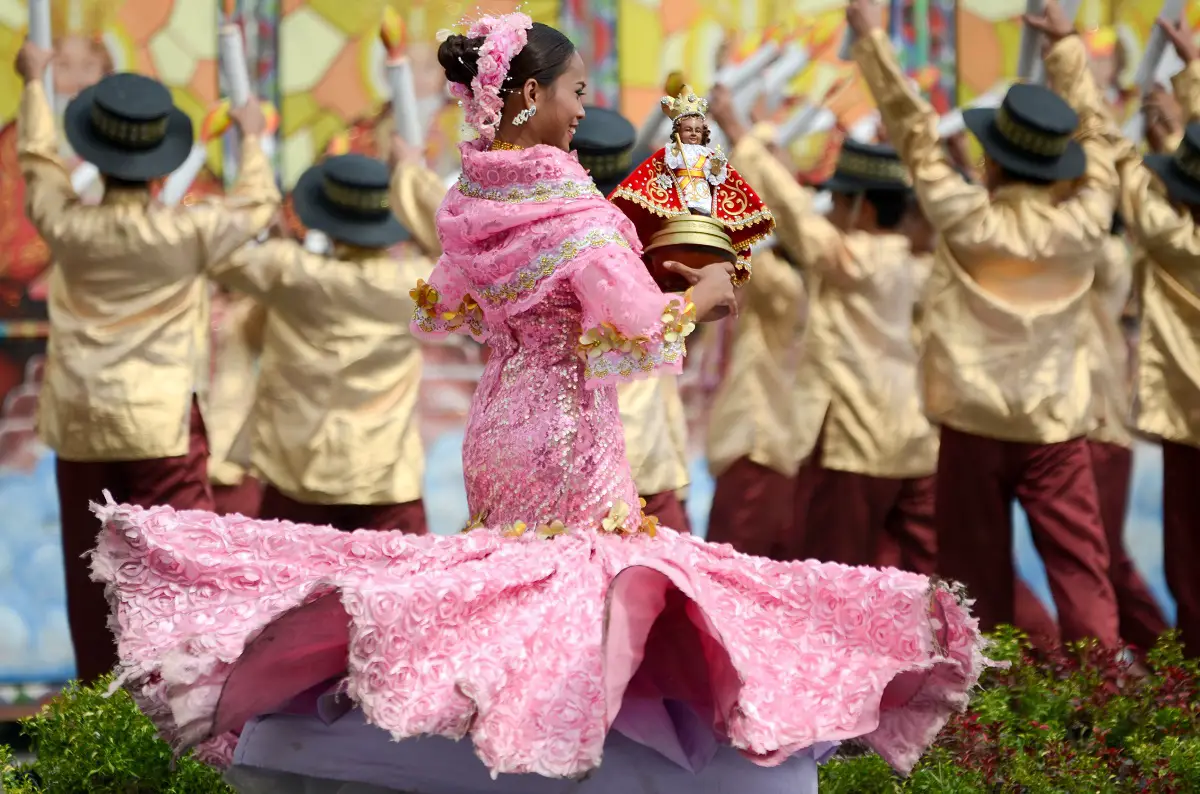
Held every third Saturday of January, the Sinulog Festival is one of the grandest festivals in the Philippines. It celebrates Santo Niño de Cebu, the patron saint of Cebu City.
It is said that when Ferdinand Magellan arrived in this province, he gifted the queen of Raja Humabon a statue of a statue of the Santo Niño. This marked the beginning of Christianity in the Philippines.
The highlight of this festival is the street parade, where participants dance to the rhythm of drums and shout “Viva Pit Señor!” as a tribute to the Holy Child. The streets of Cebu are filled with vibrant colors and adorned with extravagant costumes and decorations — it is a one-of-a-kind experience to be there to witness it all!
Aside from the street parade, the Sinulog Festival also features various activities such as concerts, beauty pageants, and trade fairs.
While visiting Cebu, don’t forget to add its beaches, snorkel and dive sites, and other nature attractions to your itinerary!
3. Dinagyang Festival
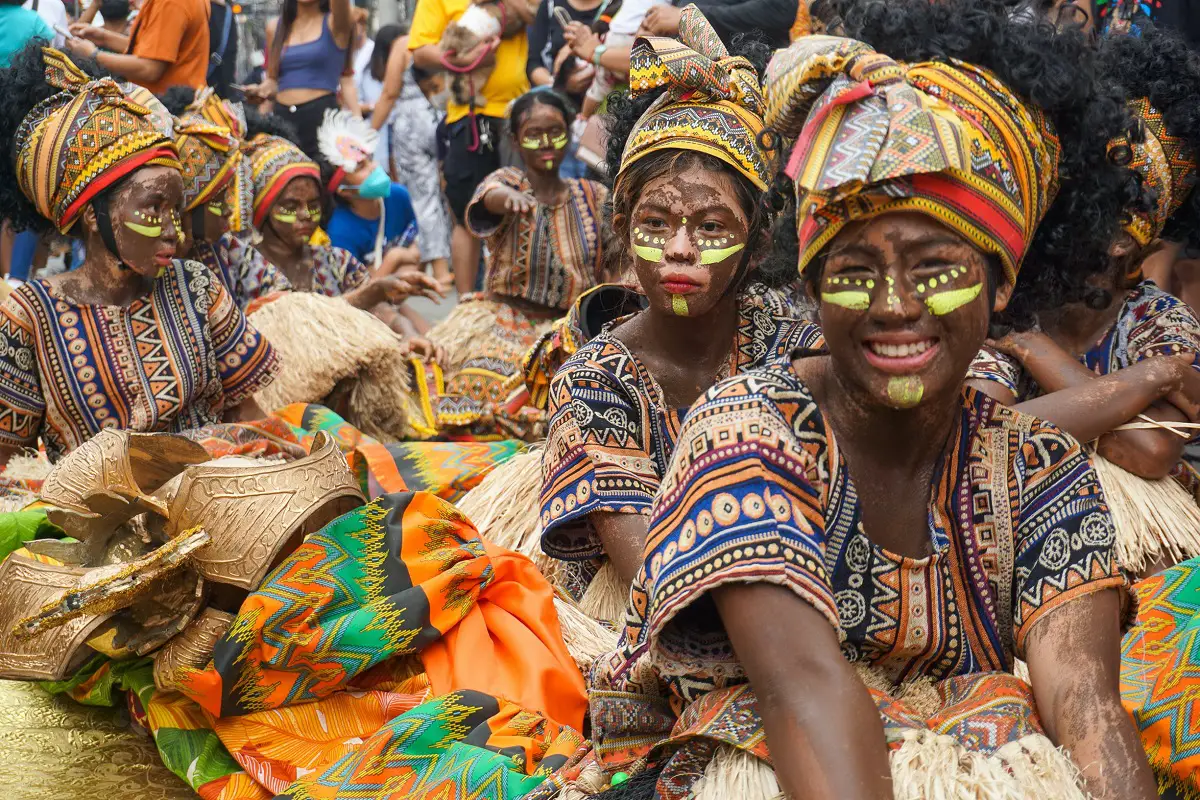
Next spot on our list of must-see festivals in the Philippines is the Dinagyang Festival. Celebrated in the city of Iloilo every fourth weekend of January, this cultural and religious event is in honor of the Santo Niño and the arrival of the Malay settlers in the city in the past.
The festival is known for its lively and energetic performances, with participants showcasing their dancing process and enacting folkloric scenarios while wearing traditional Ilonggo attire. The rhythm of drums reverberates throughout the city, setting the beat for the dancers and the heart of the festival.
Aside from the tribal dance competition, the Dinagyang Festival also features fluvial and religious processions, a food festival showcasing Iloilo’s delightful gastronomy, and various cultural performances.
4. Masskara Festival
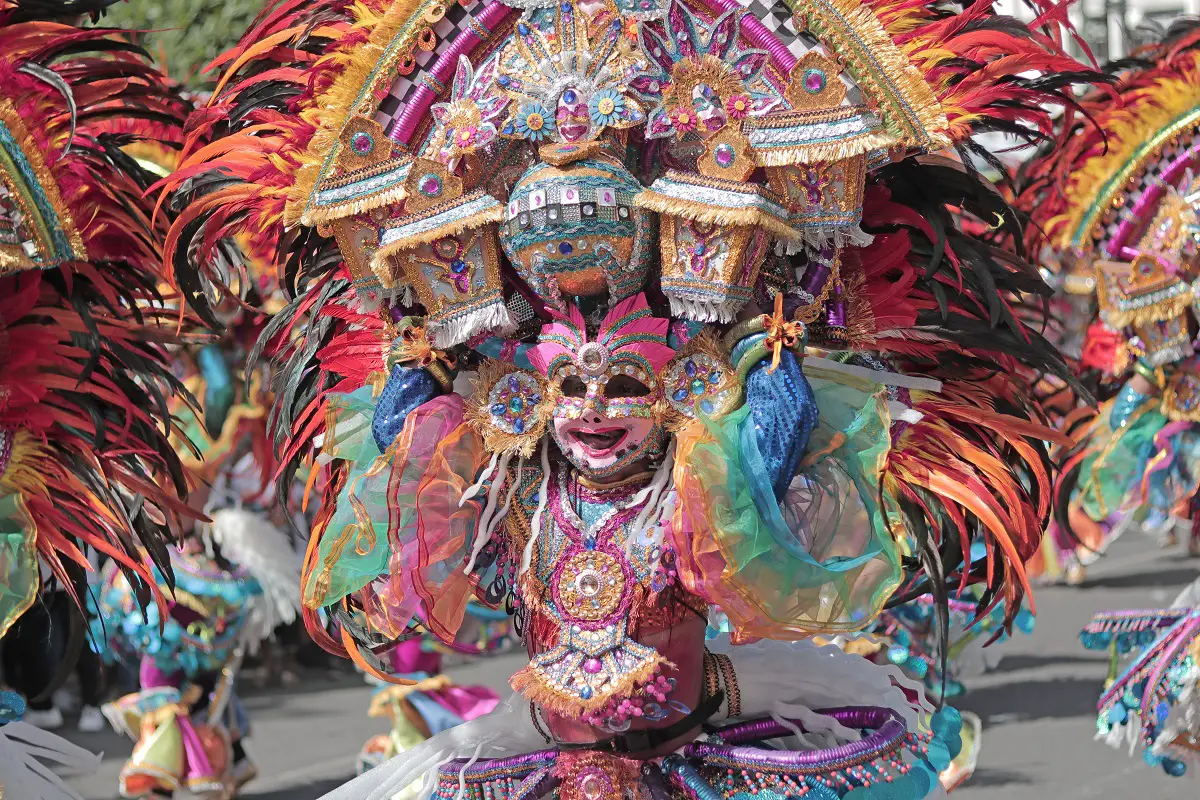
Known as the “City of Smiles,” Bacolod City is home to the vibrant Masskara Festival. Held every third weekend of October, the festival celebrates the people’s resilience, hence the clay masks with the huge smiles.
It originated in the 1980s as a way for the city to cope with economic setbacks due to the corruption of the Marcos Dictatorship and the collapse of the sugar prices around the world, as well as a recent passenger vessel tragedy.
Today, it has become one of the most famous festivals in the country, attracting thousands of tourists from all over the world.
The festival’s highlight is the street parade where participants wear colorful masks and costumes while dancing to upbeat music. Aside from the street parade, there are also other events such as beauty pageants, food festivals, and cultural performances that showcase Bacolod’s unique charm.
The Masskara Festival lives up to its name, as it brings joy and happiness to festival-goers and spectators.
5. Kadayawan Festival
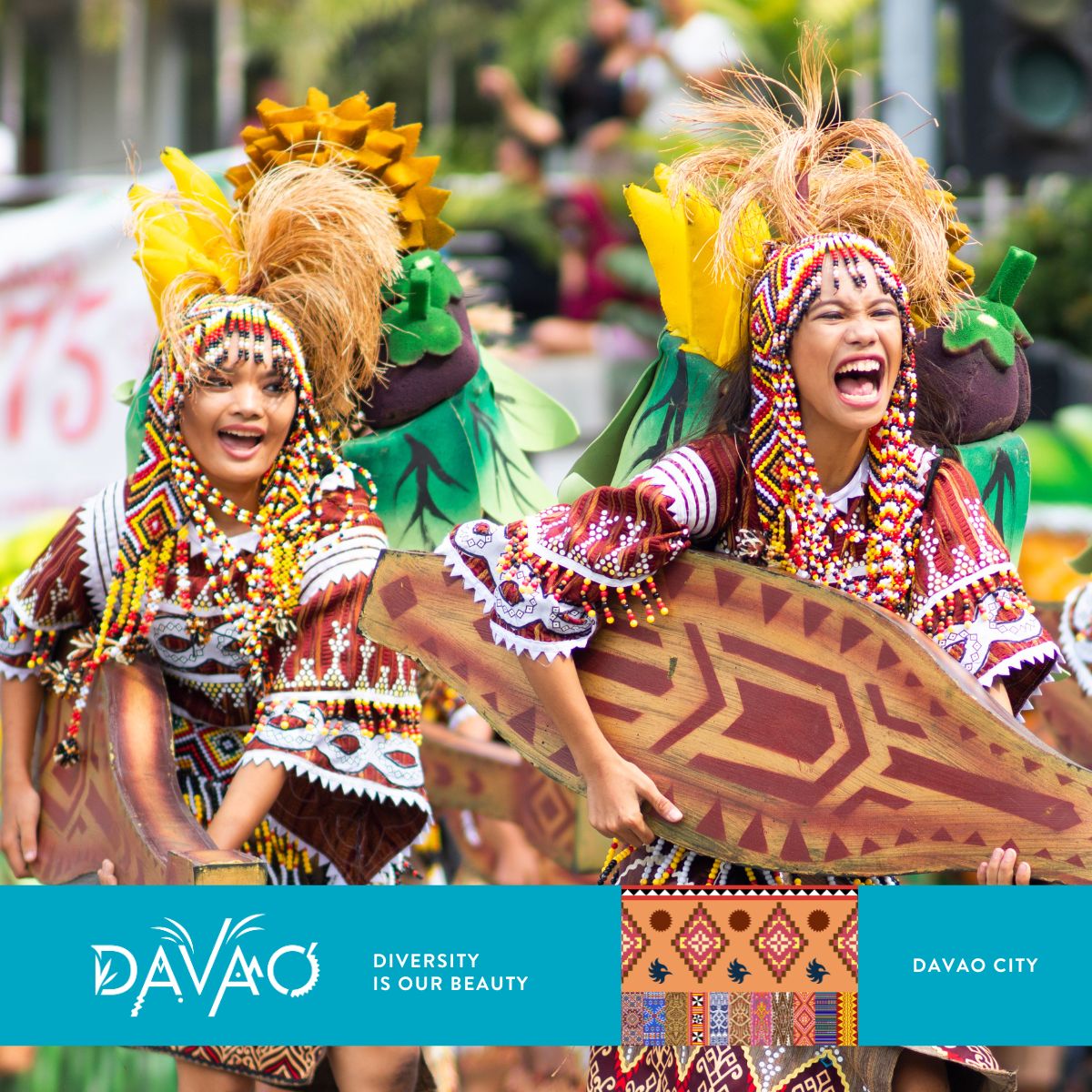
Dubbed as the “Festival of Festivals,” the Kadayawan Festival is a week-long celebration held every third week of August in Davao City. It is a tribute to the city’s diverse culture and abundant natural resources.
The festival features street dances, floral floats, and various competitions showcasing the indigenous tribes’ rich heritage. A grand parade called Indak-Indak sa Kadayawan depicts the people’s love and devotion to the city.
Aside from the festivities, the Kadayawan Festival also aims to promote peace and unity among different cultures, making it a truly meaningful celebration of life. It is a must-see for those who want to experience the vibrant and colorful culture of Mindanao.
6. Panagbenga Festival
A feast for the eyes and a delight for the sense, the Panagbenga Festival is another must-see festival in the Philippines. Celebrated in Baguio City every February, the Panagbenga Festival (or Flower Festival) is a celebration that pays tribute to the city’s abundance of blooms and its resilient spirit.
The festival started as a symbol of life, resilience, and enduring beauty of nature, after a devastating earthquake struck the city in 1990.
Since then, it has become one of the most awaited events in the City of Pines, drawing thousands of visitors waiting to see the parade with giant floats, adorned with vibrant, fresh flowers from the city and nearby provinces. This is complemented by street dancing events where performers, donned in flower-inspired costumes, sway and strut to the rhythm of local music.
The Panagbenga Festival is just one of the reasons to visit Baguio City! Oh, and if you love flowers, make sure to take a day trip to the Northern Blossom Flower Farm as well.
7. Pintados-Kasadyaan Festival
Did you know that the Philippines is home to a festival that honors the tattooed tribal warriors of the old?
Tacloban City in Leyte is home to the Pintados-Kasadyaan Festival, which is held every June. This festival celebrates the historic and cultural roots of the city, specifically the ancient tattooed warrior culture of the Visayan people, known as the “Pintados,” as well as the feast of Santo Niño.
The term “pintados” comes from the Spanish word “pintado,” meaning “painted,” a name given by the early Spanish colonizers impressed by the indigenous warriors’ intricate body tattoos. Today, the festival brings this history to life with locals painting their bodies with intricate patterns and dancing in the streets to the beat of traditional Filipino music.
This festival is a must-experience for those interested in the life of natives before the Spanish colonization and those who want to experience the authentic sights, sounds, and spirit of Filipino festivity.
8. Moriones Festival
Perhaps one of the most unique festivals in the Philippines you’ll witness is the Moriones Festival. Held in Marinduque during the Holy Week, it is a week-long celebration that features a colorful and dramatic reenactment of the Passion of Christ.
Specifically, it focuses on the story of Roman soldier Longinus, who was said to pierce Jesus’ side and whose vision was restored when a drop of Jesus’ blood fell on his eye during the crucifixion.
The local townsfolk, known as “Moriones,” dress in bright, intricately crafted Roman centurion costumes and masks and roam the streets in character, engaging in various activities and performances. The highlight of the festival is a dramatic procession on Good Friday, where the story of Longinus is played out in the streets. This culminates in a grand parade on Easter Sunday, where the “Moriones” reveal their identities for the first time since the beginning of the Holy Week.
Despite the colorful performances, the Moriones Festival is a sacred festival and a time for spiritual reflection and penitence among the locals.
9. Higantes Festival
During festivals, everything seems to be more colorful and brighter… and this time bigger too!
Brought to life every November in the town of Angono, Rizal, the Higantes Festival is popularly known for its parade of gigantic papier-mâché figures, or “higantes.”
There are various theories on how the festival’s origins. One popular story says that the towering figures represented the hacienda owners of the past, depicted in exaggerated and often comical proportions, as a form of silent protest during the colonial era. Today, the higantes have evolved in to various shapes and characters.
The highlight of the festival is a grand parade that stretches through the streets of Angono. The procession is led by a higante that embodies San Clemente, the patron saint of fishermen, followed by a sea of vibrantly decorated higantes, each one uniquely crafted and proudly displayed by the local communities.
With its intriguing history and unique displays, the Higantes Festival adds to the diverse portfolio of festivals in the Philippines.
10. Pahiyas Festival
Held every 15th of May, the Pahiyas Festival in Lucban, Quezon, is a thanksgiving celebration for the bountiful harvest. It is named after the term “pahiyas,” which means “beautiful decoration” in Filipino.
What makes this festival unique is that houses along the main road of Lucban are decorated with colorful kiping (rice wafers) and other agricultural products such as fruits, vegetables, and handicrafts. The streets are also adorned with streamers, buntings, and other festive decorations.
Aside from the visual feast, there are also various activities during the festival such as street dancing, parades, and food fairs showcasing local delicacies like pancit habhab and longganisa. It is a sight to behold and a taste of Filipino culture at its finest.
If you are just starting out on your journey to see Philippine festivals, the Pahiyas Festival is a great start since it is easy to reach from Manila.
11. Zamboanga Hermosa Festival
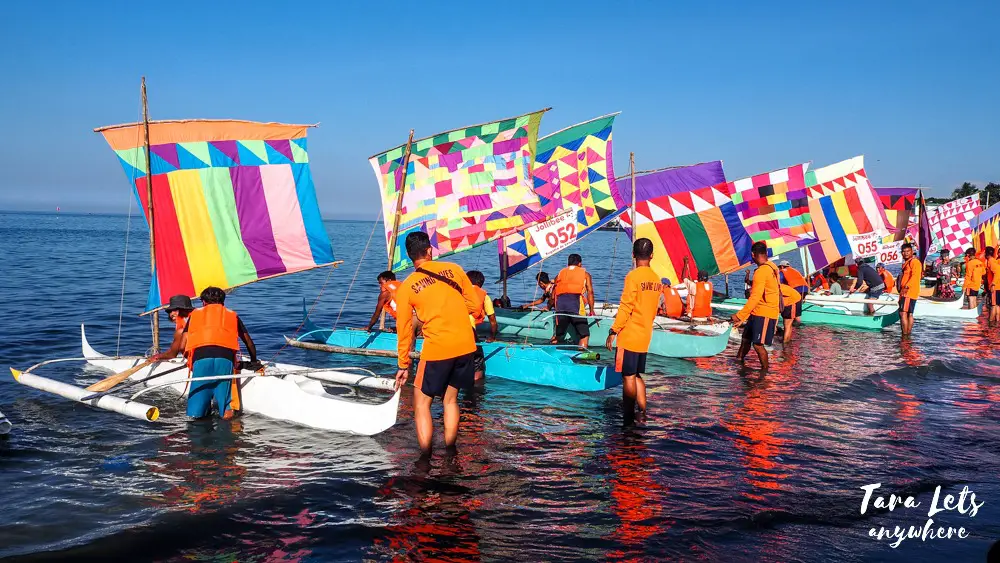
The Zamboanga Hermosa Festival is one of the most colorful religious festivals in the Philippines. Celebrated during the month of October in Zamboanga City, the month-long festival honors the miraculous image of Our Lady of the Pillar, the patroness of Zamboanga.
The festival highlights include the Regatta de Zamboanga, a traditional boat race, where each boat, adorned in bright, colorful sails, race along the serene blue waters of the city. The Street Dance Competition is another showstopper, with participants from various schools and communities performing in the streets. There are also competitions for creating local music and traditional Spanish dresses, paying homage to the history of Zamboanga City and its status as “Asia’s Latin City.”
The Zamboanga Hermosa Festival is a great time not just to join the festival but also to explore the city attractions such as the Yakan Weaving Village and the Pink Beach, as well as day tour destinations.
12. Giant Lantern Festival
Here’s a trivia about the Philippines: Filipinos start celebrating Christmas as early as September! We also have tons of interesting customs, like going to simbang gabi (midnight mass) and eating holiday treats such as bibingka.
Part of the customs is the Giant Lantern Festival, held every December in the city of San Fernando, Pampanga, also known as the “Christmas Capital of the Philippines.” The main attractions are the gigantic lanterns, or “parols,” crafted meticulously by local artisans. These parols, sometimes measuring up to 20 feet in diameter, are masterpieces of intricate designs, bright colors, and kaleidoscopic light patterns, all synchronized to the rhythm of traditional and contemporary music.
The festival is a fierce yet friendly competition among neighborhood groups, each vying to outdo the others in creating the most dazzling light spectacle.
13. Obando Fertility Rites
The Obando Fertility Rites is unlike any other festivals in the Philippines. Held in the town of Obando in Bulacan, this 3-day celebration in May features devotees doing a fertility street dance called “Sayaw ng Obando.”
This dance is believed to please the three patron saints of Obando — San Pascua, Nuestra Señora de Salambáo, and Santa Clara — and invoke their blessings for offspring. The festival also welcomes singles seeking a lifetime partner, fishermen praying for bountiful catch, and farmers yearning for prosperous harvests.
This festival is deeply rooted in Filipino folk beliefs and Catholicism, attracting not only locals bus also other childless couples, devouts, and curious tourists from all over the globe.
When it comes to festivals in the Philippines, this list is just the tip of the iceberg! There are many more smaller festivals that are just as worth joining, especially if you’re interested in getting to know a local community. With its numerous religious, historic, and cultural/ethic celebrations, the Philippines is one of the best destinations for festival hopping.
Do you have other recommended Philippine festivals to witness? Let us know in the comment section below!
What to read next:
Love festivals? Check out these festivals in in the Philippines!
Here are the festivals we’ve attended:
- Lambayok Festival (San Juan, Batangas)
- Tabak Festival (Tabaco, Albay)
- Zamboanga Hermosa Festival (Zamboanga City)
- Gapo at Palusong Festival (General Nakar)
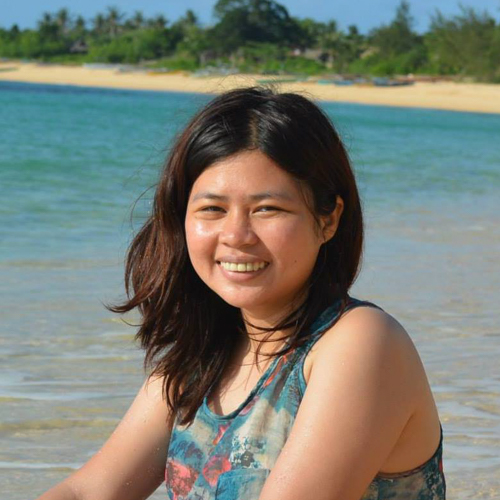
Katherine Cortes is a long-time backpacker and a freelance writer/editor. She likes beaches, snorkeling trips, and relaxing staycations (preferably with bath tubs!).



